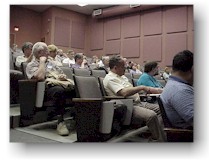The winter solstice is the shortest day of the year, respectively, in the sense that the length of time elapsed between sunrise and sunset on this day is a minimum for the year. Of course, daylight saving time means that the first Sunday in April has 23 hours and the last Sunday in October has 25 hours, but these human meddlings with the calendar and do not correspond to the actual number of daylight hours.
http://scienceworld.wolfram.com/astronomy/WinterSolstice.html
Don’t Miss This! In 2013, this is the only one of six major (and predictable) meteor showers that won’t be significantly washed out by a bright moon. Look for meteors radiating from the constellation Bootes. The Quadrantid meteor shower will reach its maximum rate of activity. Some meteors will be visible each night from 1 Jan to 6 Jan, but the best show will be on this evening. The maximum number of meteors expected to be visible from a dark location is around 80 per hour (ZHR). The Moon will be 22 days old at the time of peak activity, and so will present minimal interference.
Our next speaker is Gideon Bass and he will be speaking on Kepler Studies of Low-Mass Eclipsing
Summary of Upcoming Lecture
January’s Full Moon is the “Old Moon”, “Wolf Moon”, “Ice Moon”, “Moon after Yule”, or “Paush Poornima”
see http://cantonbecker.com/retrograde for details…


